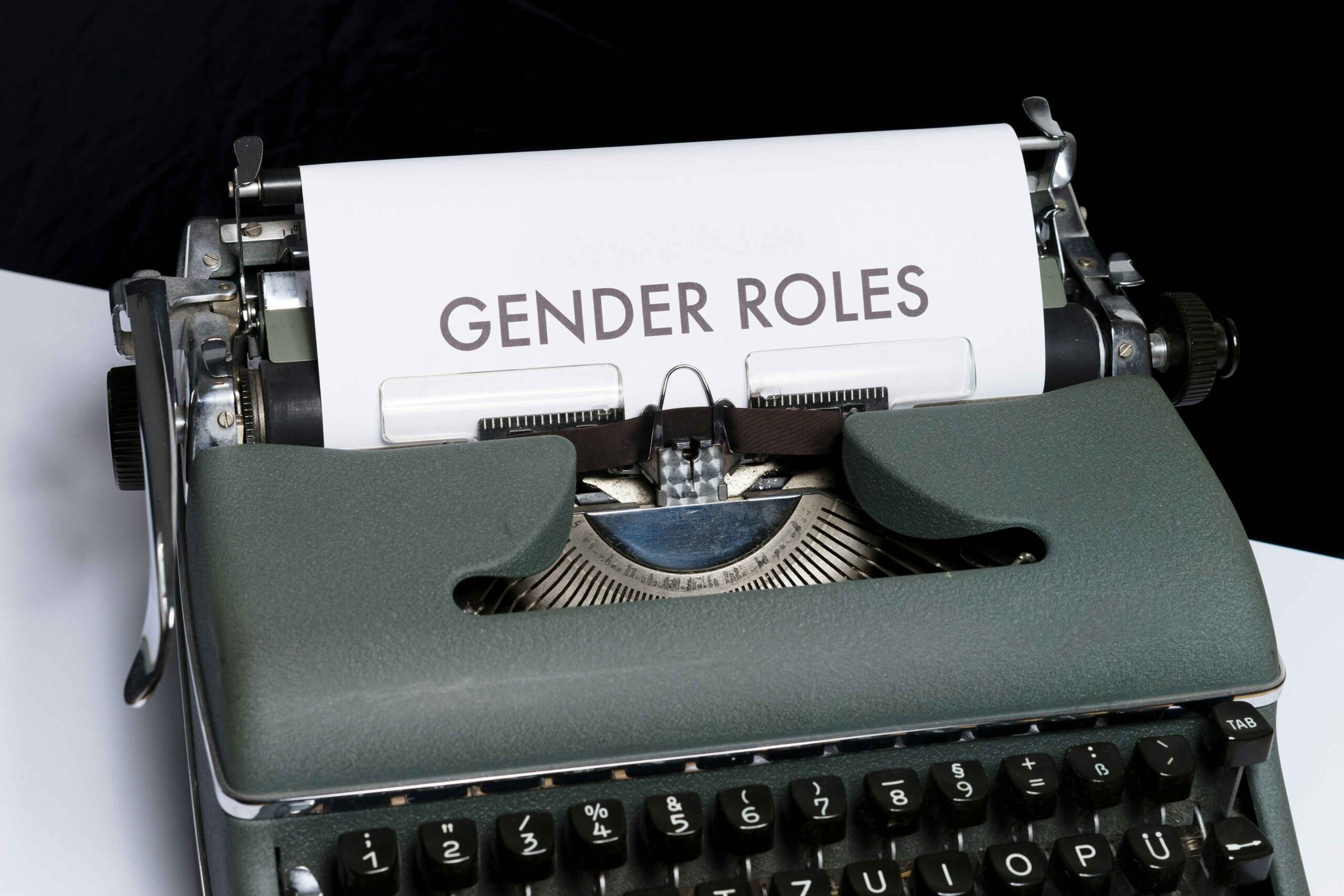
Our inaugural Article (Gender Parity—Absolutely About the Bottom-line!, August 19, 2025) focused on the economic and bottom-line dimensions of gender parity. This Article looks at best practice for closing gender gaps in a corporate organisation, what works and doesn’t. We recall that gender parity refers to the ratio of relative representation by gender. A value of 1 or ratio of 1:1 reflects achievement of parity. Gender equality, however, refers to the relative treatment of genders.
Generally, we measure gender parity or equality on a large scale, such as global, continental or national. It can also be measured within a narrower context, for example within an organization, or a complex in an organisation.
The WEF 2025 Gender Gap Report ranks Sub-Saharan Africa, 6th out of 8 regions, and at the current pace, projects that it will take 123 years to close the gender gap globally. Regarding workforce gender gap, the IMF finds that despite a near 1:1 ratio of male to female population, workforce participation is at 1.5:1, indicating that more men are more likely to be employed than women. Notably, this disparity has been near constant over a 32-year period (1991-2023). Furthermore, majority of women when employed, cluster in lower paying to mid-level roles, with a gender pay gap at all levels. It is tragic to believe that workforce gender gaps would close, naturally. From experience, it requires intentionality with specifically designed programmes and resources.

So, what has been proven to work in closing gender gaps in a corporate environment?
OWNED
Closing the gender gap in an organisation is a collective exercise that is good for all. It is neither for a certain gender nor a certain cadre! It is certainly not a women’s thing, but an organisation-wide initiative reflecting growth and maturity of the organisation and a next level of transformation effective across all levels. Closing the gender gap should be visibly owned by all with women and men actively involved in the roll-out.
LED
Whoever is No.1 should lead. This is usually the CEO. S/he must lead to give the initiative the institution-wide, business and high priority it deserves. We tend to believe that it should be led by our people’s management team or a women’s network within the organisation. That is wrong. It should be led as part of the corporate transformation initiative and given highest priority to effectively drive change. Organisations that have done this successfully include African Development Bank, Ecobank Transnational Incorporated and First Bank Nigeria.
RESOURCED
Closing gender gaps is serious business. It must be handled by experts, and as someone’s full time job. It should not be resourced with volunteers (different from champions); and must have a realistic budget, that is monitored with performance evaluated. It is best to have a defined team within the organisational structure driving the initiative. It is advisable at the start to partner with outsourced experts. However, in-house capacity must be built to sustain.
MEASURED
Driving and sustaining momentum requires clarity of how and what will be measured. As the saying goes, it is what gets measured that gets done. Tracking should include recruitment, pay, Exco composition and pension contribution gender variances. Accountability mechanisms such as the performance evaluation exercise can be leveraged to measure individual performance and commitments.
ANCHORED
The exercise must be anchored by a strategy, a roadmap with time-bound milestones e.g. phased milestones of narrowing gender gaps. Provision should also be made for support systems, including mentorship, sponsorship, networks, training, self-help materials on closing gender gaps and case studies. This is both a change management and transformation exercise and should be appropriately anchored.
REWARDED
As staff achieve various milestones, they should be rewarded. Similarly, there should be clarity of consequences when targets are not achieved. Expected organisational benefits should be identified and tracked.
COMMUNICATED
Success is predicated on effective communication. A communication plan should accompany the gender gap exercise, and communication should cover the whole organization.
See you on the other side of the gender divide….
Cecilia Akintomide is an experienced Non-Executive Director with a demonstrated history of working in the financial services industry and development finance. Member of the Nigerian Bar and the New York Bar, she has served in senior roles including Vice President Secretary General of the African Development Bank (AfDB). She was also Special Executive Adviser to the Group CEO, Ecobank Transnational Incorporated and currently the Chairperson of the Sanitation and Hygiene Fund.